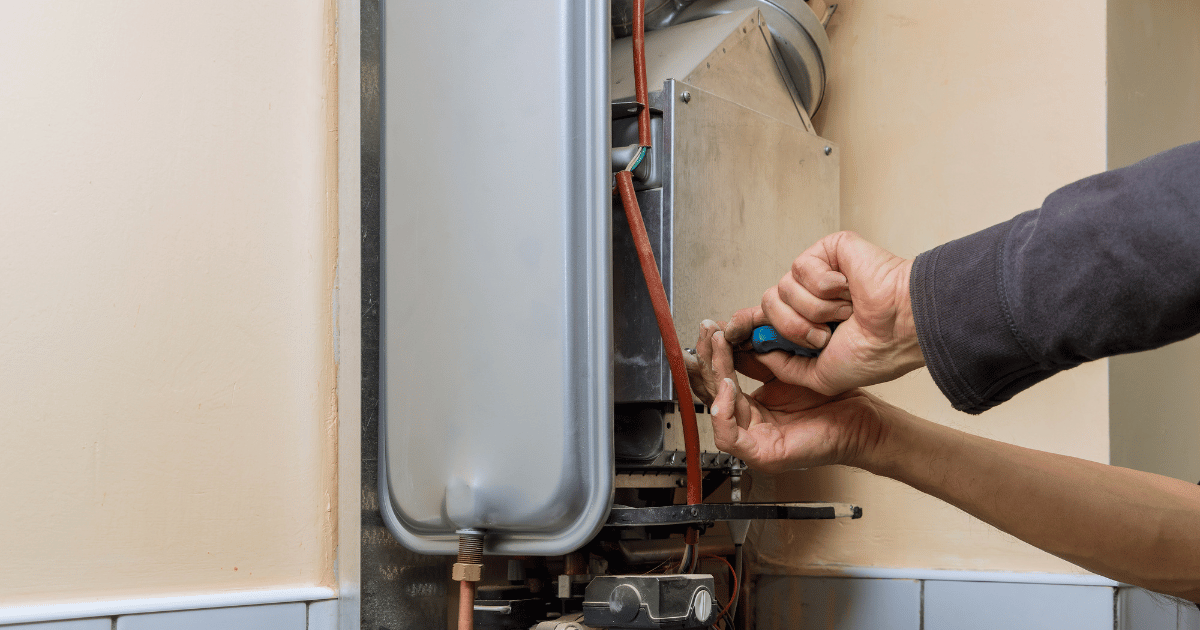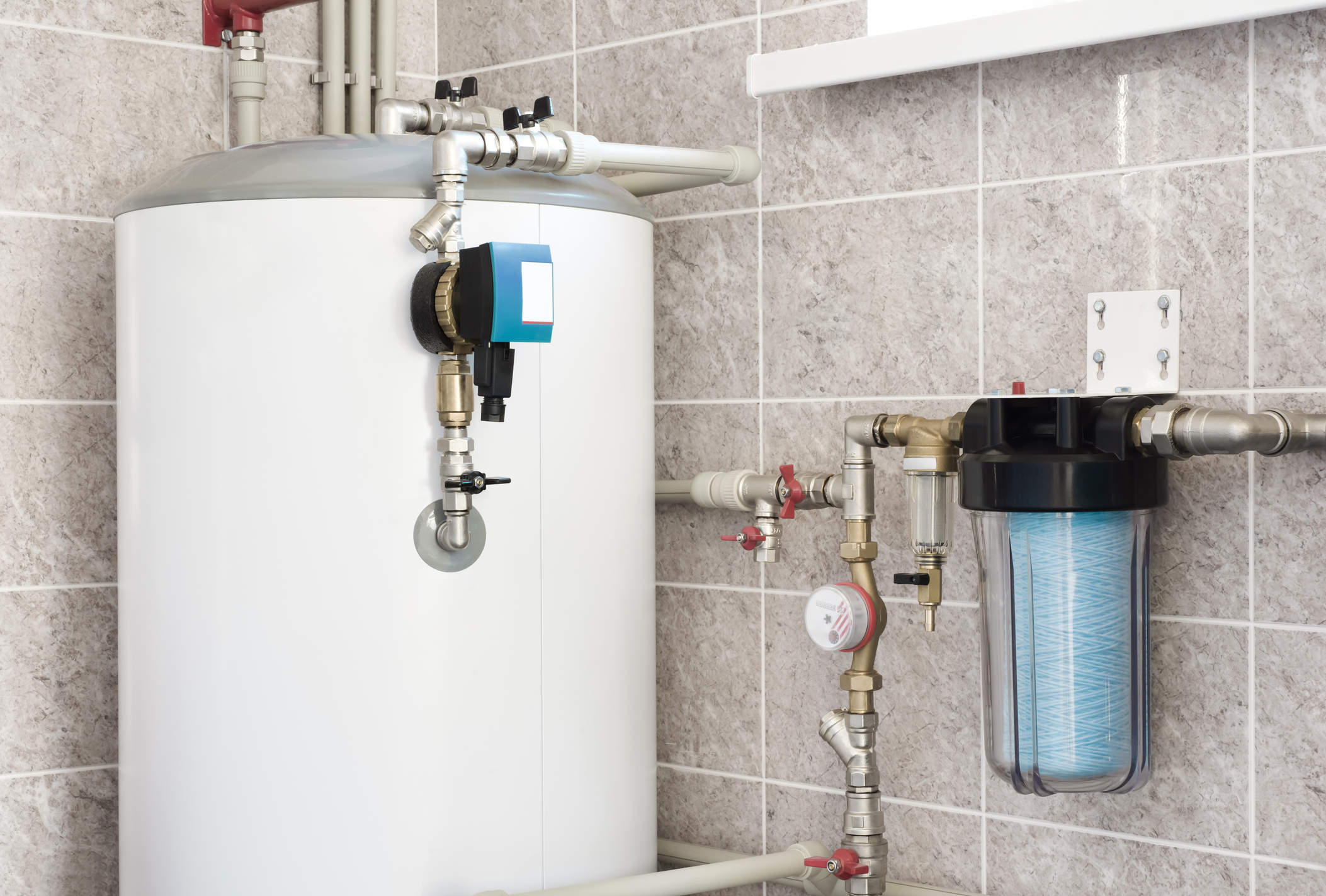Step-by-Step Steps to Caring for Your Home's Hot Water System
Step-by-Step Steps to Caring for Your Home's Hot Water System
Blog Article
Just how do you really feel on the subject of Tips For Maintaining Your Hot Water Heater?

Warm water is important for day-to-day comfort, whether it's for a rejuvenating shower or washing meals. To guarantee your warm water system runs efficiently and lasts longer, normal maintenance is crucial. This article offers sensible ideas and understandings on how to preserve your home's warm water system to avoid interruptions and pricey repair work.
Intro
Maintaining your home's hot water system could appear difficult, yet with a few easy steps, you can ensure it operates efficiently for several years to come. This guide covers whatever from recognizing your hot water system to do it yourself upkeep pointers and knowing when to contact specialist aid.
Importance of Preserving Your Warm Water System
Normal maintenance not only extends the life expectancy of your warm water system yet likewise guarantees it runs successfully. Neglecting maintenance can result in reduced effectiveness, greater power bills, and even premature failure of the system.
Signs Your Hot Water System Requirements Upkeep
Recognizing when your warm water system requires focus can avoid significant problems. Watch out for indications such as irregular water temperature level, odd sounds from the heating unit, or rustic water.
Purging the Water Heater
Purging your hot water heater gets rid of debris build-up, boosting effectiveness and extending its life.
Monitoring and Changing Anode Rods
Anode poles stop rust inside the container. Evaluating and changing them when worn is crucial.
Facility Concerns Needing Expert Help
Examples consist of significant leakages, electrical problems, or if your water heater is continually underperforming.
Regular Expert Maintenance Advantages
Expert maintenance can consist of complete assessments, tune-ups, and making sure conformity with security standards.
Examining and Adjusting Temperature Level Settings
Adjusting the temperature level settings ensures optimum efficiency and security.
DIY Tips for Upkeep
You can do several upkeep jobs yourself to keep your hot water system in leading condition.
Checking for Leakages
Routinely examine pipelines and connections for leakages, as these can result in water damages and higher costs.
Comprehending Your Hot Water System
Prior to diving right into maintenance jobs, it's practical to comprehend the basic elements of your hot water system. Commonly, this consists of the water heater itself, pipelines, anode poles, and temperature level controls.
Monthly Maintenance Tasks
Regular monthly checks can help capture small issues prior to they escalate.
Checking Pressure Alleviation Valves
Checking the pressure safety valve ensures it functions correctly and stops too much pressure build-up.
Protecting Pipelines
Insulating hot water pipelines reduces warm loss and can conserve power.
When to Call a Specialist
While DIY upkeep is helpful, some problems require professional proficiency.
Final thought
Regular upkeep of your home's hot water system is essential for effectiveness, longevity, and price savings. By complying with these tips and recognizing when to seek specialist help, you can make certain a trustworthy supply of hot water without unexpected disturbances.
How to Maintain an Instant Hot Water Heater
Before tinkering with your hot water heater, make sure that it’s not powered on. You also have to turn off the main circuit breaker and shut off the main gas line to prevent accidents. Also turn off the water valves connected to your unit to prevent water from flowing into and out of the appliance. 2. When you’re done, you have to detach the purge valves’ caps. These look like the letter “T†and are situated on either side of the water valves. Doing so will release any pressure that has accumulated inside the valves while at the same time avoid hot water from shooting out and burning your skin. 3. When the purge valves’ caps are removed, you have to connect your hosing lines to the valves. Your unit should have come with three hoses but if it didn’t, you can purchase these things from any hardware or home repair shops. You can also get them from retail stores that sell water heating systems. Read the user’s manual and follow it to complete this task properly. When the hosing lines are connected, open the purge port’s valves. 4. You should never use harsh chemical cleaners or solutions when cleaning your unit. Make use of white vinegar instead. It should be undiluted and you’ll probably use about 2 gallons. 5. Now flush your water heater. This task should probably take about 40 minutes. We can’t give you specific directions for this because the procedure is carried out depending on the type, model and brand of your heater. With that being said, refer to the user’s manual. 6. When you’re done draining the unit, you have to turn off the purge port valves again. Remove the hosing lines that you earlier installed on each of the water valves. Put the valve caps (purge port) back in their respective places and be very careful so as not to damage the rubber discs that are found inside these caps. 7. Now that everything’s back in place, check your user’s manual again to find out how to reactivate your water heating system. 8. Once it is working, turn one of your hot water faucets on just to let air pass through the heater’s water supply pipes. Leave the tap on until water flows smoothly out of it. https://www.orrplumbing.com/blog/2014/september/how-to-maintain-an-instant-hot-water-heater/

Hopefully you liked our piece about What Kind of Maintenance Do Water Heaters Need?. Thanks for taking a few minutes to read our piece of content. Are you aware of someone else who is curious about the topic? Be sure promote it. I truly appreciate reading our article about Water Heater Maintenance Tips You Can't Afford to Forget.
Show Details Report this page